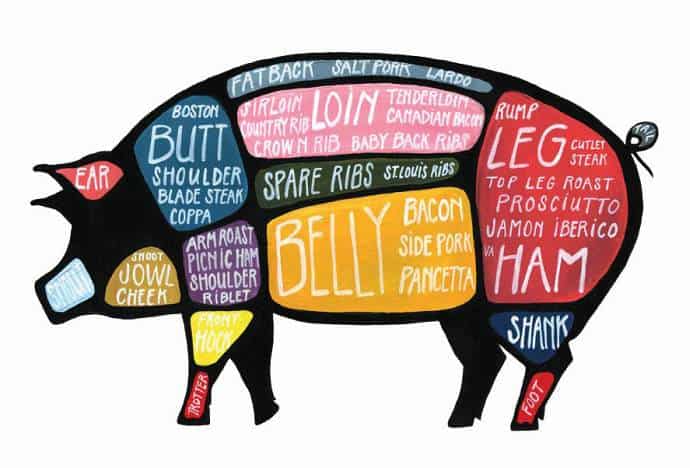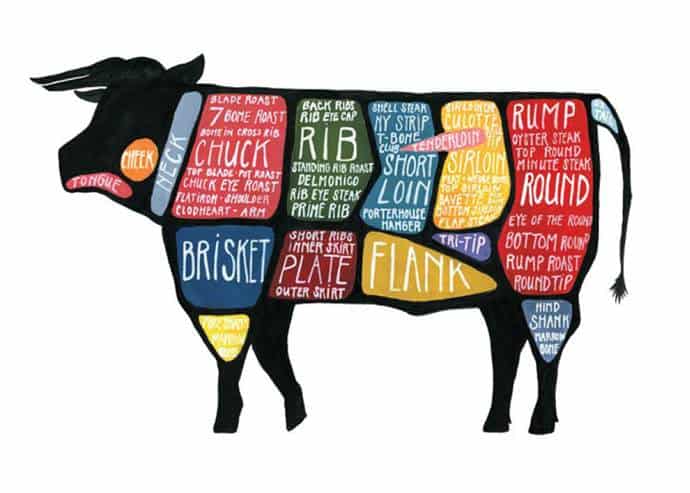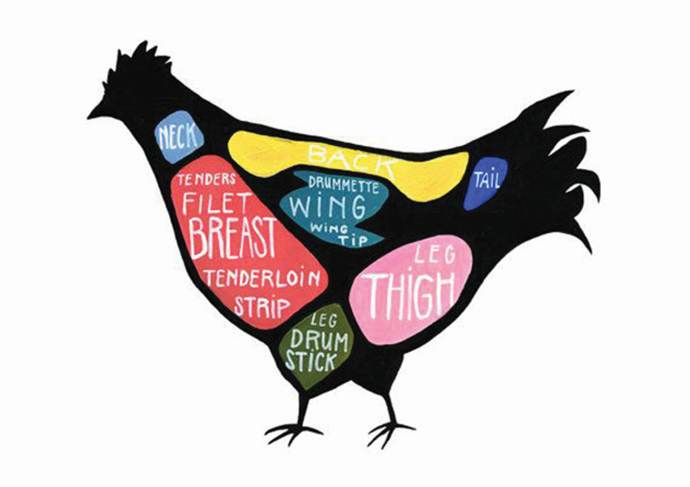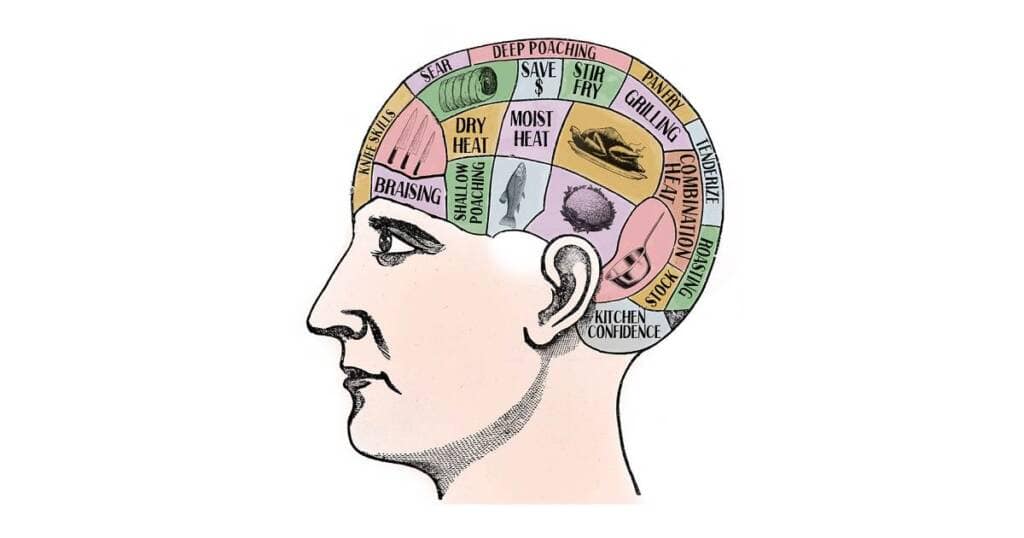One of the most important aspects of cooking delicious food is understanding the strategies for matching specific types of meats, seafood, and vegetables with the correct cooking methods. So let’s get down to it!
Cooking methods can be grouped into three categories:
1. Dry-heat methods, with or without fat
Dry-heat cooking methods like stir-frying, pan-frying, deep-frying, and sautéing rely on fats and oil to act as the cooking medium.
In dry-heat methods that don’t use fat—like grilling and roasting—food is cooked either by direct or indirect application of radiant heat. No liquid is used, and any fat that is added during the cooking process is intended to add flavor and not to act as a cooking medium. The end result is a highly flavored exterior and moist interior.
2. Moist-heat methods
Moist-heat techniques—such as steaming, shallow poaching, deep poaching, and simmering—have traditionally served as simple and economical ways to prepare foods. Many of the classic dishes of the world are prepared using moist-heat methods because water-soluble nutrients are not drawn out of the food as readily. The result is tender, delicately flavored, and healthful dishes.
3. Methods using a combination of dry and moist heat
These methods, which apply both dry and moist heat, are appropriate for foods that are too tough to be successfully prepared by any other method. Tender foods such as fish and vegetables can also be braised or stewed successfully; however, they will require less cooking liquid, a lower temperature, and a shorter cooking time.
The first step for most combination methods is to sear the main item. Next, braising is considered appropriate for foods that are portion-size or larger, as well as for cuts from more-exercised areas of large animals, mature whole birds, or large fish. Stewing can use the same meat cuts, but the main item is cut into bite-size pieces and the amount of liquid used in relation to the amount of ingredients varies from one style of preparation to another.
Shopping for the Perfect Match

Identifying specific visual traits in the proteins that we buy is the first step in choosing the proper cooking method:
Tender, low-activity meats
Meats in this category include true steaks, such as porterhouse, prime rib, filet, sirloin, or T-bone. High-heat methods such as grilling, broiling, and sautéing sear these steaks quickly without the need for tenderization.
Tougher, high-activity meats

Think chuck, shoulder, and flank. These cuts require mechanical tenderization, braising, or long and slow cooking.
Active, fatty fish
Tuna, who swim at top speeds of more than 40 mph, are best approached with a light hand, or even raw. High-heat cooking methods such as grilling, broiling, and sautéing work together with sweet, sour, or spicy elements to contrast the tuna’s rich flavor.
Lean fish
In contrast, lean fish such as flounder and cod are often deep-fried with tartar sauce or served with rich lemon butter sauce to contrast the lean mild flavor.
Poultry and pork

Poultry and pork are similar to beef in that cuts that have limited exercise such as the breast or loin require quick cooking methods, whereas pork shoulder and leg are braised or cooked long and slow.
Vegetables
Vegetables can also be cooked based on their density, structure, and moisture content. Tender vegetables that contain a lot of water, such as peppers, zucchini, and mushrooms, can be sautéed or grilled, whereas drier broccoli or green beans need to be cooked in boiling salted water to tenderize. Braising is used to tenderize leafy greens such as collards, kale, and cabbage.
Mark Ainsworth is a professor of culinary arts at the New York campus. He is the author of the Kitchen Pro Series: Guide to Fish and Seafood Identification, Fabrication, and Utilization and his newest, The Young Chef: Recipes and Techniques for Kids Who Love to Cook.
Do you love cooking?
Learn more about how CIA can help you transform your life’s passion into a purposeful career.
